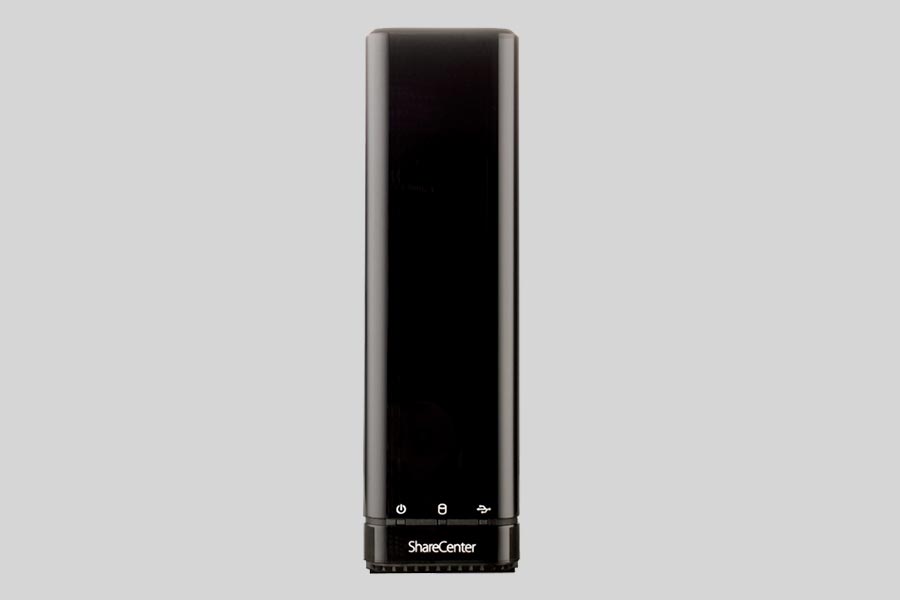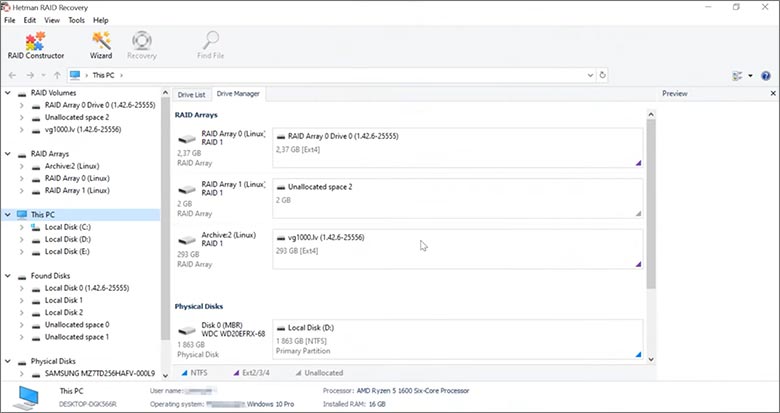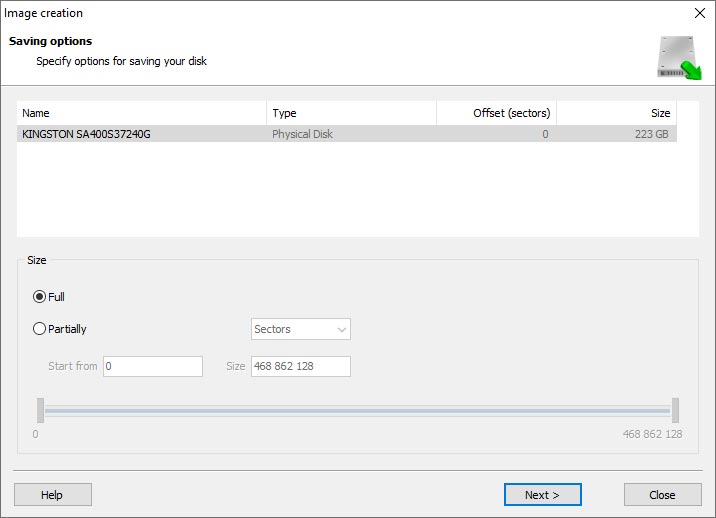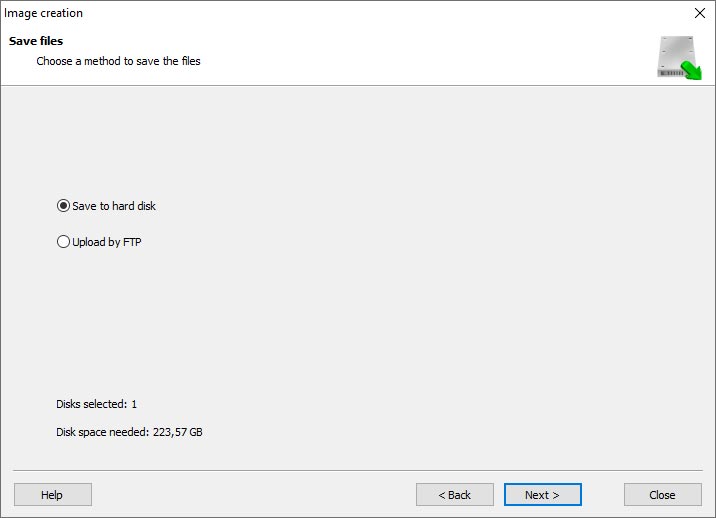
- Why Regular Data Recovery Tools Can’t Restore Files from RAID
- Key Information About the NAS D-Link DNS-315
- How to Remove Hard Disks from Your NAS and Connect Them to a PC
Why Regular Data Recovery Tools Can’t Restore Files from RAID
Conventional hard drives store user data by writing it sequentially across the disk surface, which means an entire file is typically located on a single drive. In contrast, when data is written to a RAID array, each file is split into multiple fragments. These fragments are then distributed and written in sequence across all the drives in the array. Depending on the configuration, fragment sizes can range from 2 KB to 2 MB, so every file is physically stored across several disks at once.
This approach significantly increases read and write performance — after all, writing two halves of a 1 GB file to two drives simultaneously is much faster than writing the full 1 GB to a single disk. However, this same mechanism makes file recovery far more complex.
Different RAID levels use different methods to distribute and protect data. On top of that, manufacturers like D-Link often add their own proprietary structures and variations. As a result, data can be written to disks in many different formats, and each requires a specific approach during recovery.
How can file system corruption impact data integrity on NAS D-Link DNS-315 devices?
File system corruption on NAS devices like the D-Link DNS-315 can have a significant impact on data integrity. Here are a few ways it can affect the device:
- Data Loss: File system corruption can lead to the loss of data stored on the NAS. It can cause files and folders to become inaccessible or completely disappear from the device. This can result in permanent data loss if proper backups are not in place.
- Data Corruption: Corrupted file systems can also lead to data corruption within individual files. This means that even if the files are still accessible, their contents may be garbled or contain errors. This can render the data useless or require extensive manual repair.
- Unreliable Data Access: File system corruption can cause intermittent or unreliable access to data stored on the NAS. Files may become slow to open or save, or the NAS may freeze or crash when attempting to access certain files or directories. This can disrupt normal operations and impede productivity.
- Inability to Perform Data Recovery: In case of file system corruption, the NAS may fail to properly boot or mount the file system, making it difficult or impossible to recover data using standard methods. This can result in the loss of valuable data that was not backed up elsewhere.
- System Instability: File system corruption can lead to overall system instability on the NAS device. It may cause frequent crashes, reboots, or other issues that impact the device's performance and reliability. This can disrupt normal operations and make the NAS less usable.
To mitigate the impact of file system corruption on data integrity, it is essential to regularly backup data stored on the NAS to an external location. This ensures that even if corruption occurs, the data can be restored from a reliable backup source. Additionally, keeping the NAS firmware up to date and regularly checking the device for any signs of file system issues can help prevent or detect corruption early on.
How to Remove Hard Disks from Your NAS and Connect Them to a PC
Although the NAS DNS-315 can be accessed over the network, you still need to remove its hard disks and connect them directly to a Windows PC. Only then can the recovery software properly scan and analyze the drives. Follow these steps:
-
Power off the NAS and disconnect it from the power source.
WARNING! Before removing any drives, carefully read the device manual. Improper actions may damage both the NAS enclosure and the hard disks in the RAID array.
-
Remove the hard disks one by one, gently sliding each drive out of its slot. Remember that hard disks are highly sensitive: any impact or drop can cause serious physical damage.
-
Label each hard disk according to its position inside the NAS. The order of the drives is crucial for correct RAID reconstruction.
-
Connect the drives to your computer. In this video, we explain which ports you can use to connect hard disks and what to do if your PC does not have enough free connectors.
Go to view
Step-by-Step Data Recovery with Hetman RAID Recovery

This program restores data from damaged RAID arrays and is fully compatible with D-Link DNS-315. Each hard disk in the array contains technical metadata describing how files were written. When launched, Hetman RAID Recovery analyzes this metadata, automatically reconstructs the damaged array, and provides access to its contents. After that, you can browse the recovered disk and save your files. The program can also restore files that were accidentally deleted from the network drive.

How to recover data from a D-Link
DNS-315 has 1 HDD slots, and it supports the following array types:
- None;
NAS supports:
- exFAT, VFAT, FAT 12 / 16 / 32;
- NTFS / ReFS;
- APFS / HFS+;
- Ext2 / 3 / 4 / ReiserFS / XFS / UFS / ZFS / Btrfs;
- VMFS / HikvisionFS;
How to Safely Recover Data from Disk Images
This utility allows you to create a complete copy of a disk and work with the disk image instead of the physical drive. This approach helps protect your data from:
- Overwriting during the recovery process;
- Additional data loss caused by bad sectors;
- User errors.
To create a disk image, follow these steps:
-
Ensure you have enough free space to store the image. Its size will typically match the size of the original disk.
-
In the main window, select the target disk and choose Tools - Save Disk. You can also select multiple disks if needed.
-
When the Image Creation Wizard opens, select whether you want to save the entire disk or only a specific region. Adjust the settings and click Next.

-
Choose the directory where the image will be saved. You may select any available disk connected to your PC or upload the image via FTP.

Where Are the User’s Files Actually Stored?
The D-Link DNS-315 network-attached storage keeps OS Linux operating system files on a separate RAID 1 (mirrored) array. Usually, all NAS systems create several volumes on every hard disk, and the first of them takes up to 2 Gb of space. This is where operating system files are stored. Other volumes are united into a RAID array where user’s data is written.
RAID Recovery Software: Detailed Comparison
| Product | Operating system | RAID controller support | Supported file systems | Virtual RAID controller support | Data recovery from damaged RAID | File preview |
|---|---|---|---|---|---|---|
| Hetman RAID Recovery | Windows, Linux, MacOS | Yes, over 100 controllers | FAT, exFAT, NTFS, ReFS, APFS, HFS+, Ext4, Ext3, Ext2, ReiserFS, Btrfs, VMFS, Hikvision, XFS, UFS, ZFS | Yes | Yes | Yes |
| DiskInternals RAID Recovery | Windows | Yes, over 10 controllers | FAT, NTFS, Ext2/3/4, HFS+ | No | Yes | Yes |
| R-Studio | Windows, Mac, Linux | Yes, over 20 controllers | FAT, NTFS, Ext2/3/4, HFS+ | Yes | Yes | Yes |
| UFS Explorer RAID Recovery | Windows, Mac, Linux | Yes, over 100 controllers | FAT, NTFS, Ext2/3/4, HFS+ | Yes | Yes | Yes |
| EaseUS Data Recovery | Windows | Yes, over 20 controllers | FAT, NTFS, Ext2/3/4, HFS+ | No | Yes | Yes |
| ReclaiMe Free RAID Recovery | Windows | Yes, over 100 controllers | FAT, NTFS, Ext2/3/4, HFS+ | Yes | Yes | Yes |




The D-Link DNS-315 is a network-attached storage (NAS) device that allows users to store and access their data over a network. While there may not be specific limitations on the size of data that can be recovered from the device, there are some factors that can affect the recovery process:
It is recommended to consult the user manual or contact D-Link support for specific details regarding the DNS-315 device and any limitations on data recovery.